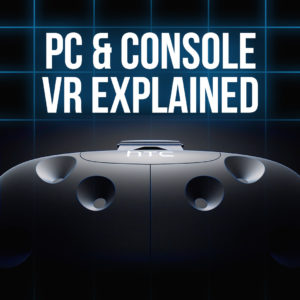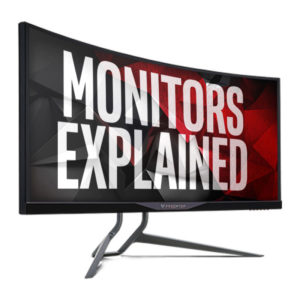Guides & Tutorials
Build your dream gaming PC with confidence using our step-by-step guides and tutorials, perfect for both first-time computer builders and seasoned pros.
King of the cases, what’s right for you?
Enthusiasts spend hours picking parts, but too many people give too little thought to another vital component: their case. That’s a shame, because cases are important: a good case can make a system easier to build, offer more room for extra components and make your PC run with better temperatures and less noise. And let’s not forget the aesthetics, either – a good case can make your rig look stunning. We’ve got a huge range of the best computer cases at Overclockers UK – here…
PC & Console VR Explained
Virtual Reality is one of the biggest deals in gaming and computing, with dozens of companies trying to grab a slice of this futuristic pie. The amount of choice is great for consumers, but it’s confusing too. The virtual reality headsets on the market are divided into two mains camps: the PC hardware takes most of the plaudits for high-end performance, are console headsets are beginning to make waves. And then there are smartphone headsets, too. We’ve delved into the packed market to explain the…
Monitors Explained
No gaming, home or office PC is complete without a monitor, and there’s never been more choice. Gamers can pick from sync-equipped screens with curved panels, while movie buffs can choose widescreen monitors with incredible colour accuracy. There’s a PC monitor for every budget and scenario, which is why we’ve put together this guide to the technologies, resolutions and features on screens in 2016 – whether you’re after a cheap PC monitor or a mighty 4K gaming monitor. Panel Greeting: The vast majority of monitors…
Do you actually know these acronyms?
Acronyms are used every day in the computing world and users may not necessarily know what the abbreviation stands for, or even the meaning behind it, so we have picked commonly used acronyms to explain the meaning. DDR is common when talking about memory, and it stands for Double Data Rate. So what is Double Data Rate? It is technology that allows data to be transferred on the rising and falling edges of the clock signal, this increases the data rate by two compared to…



